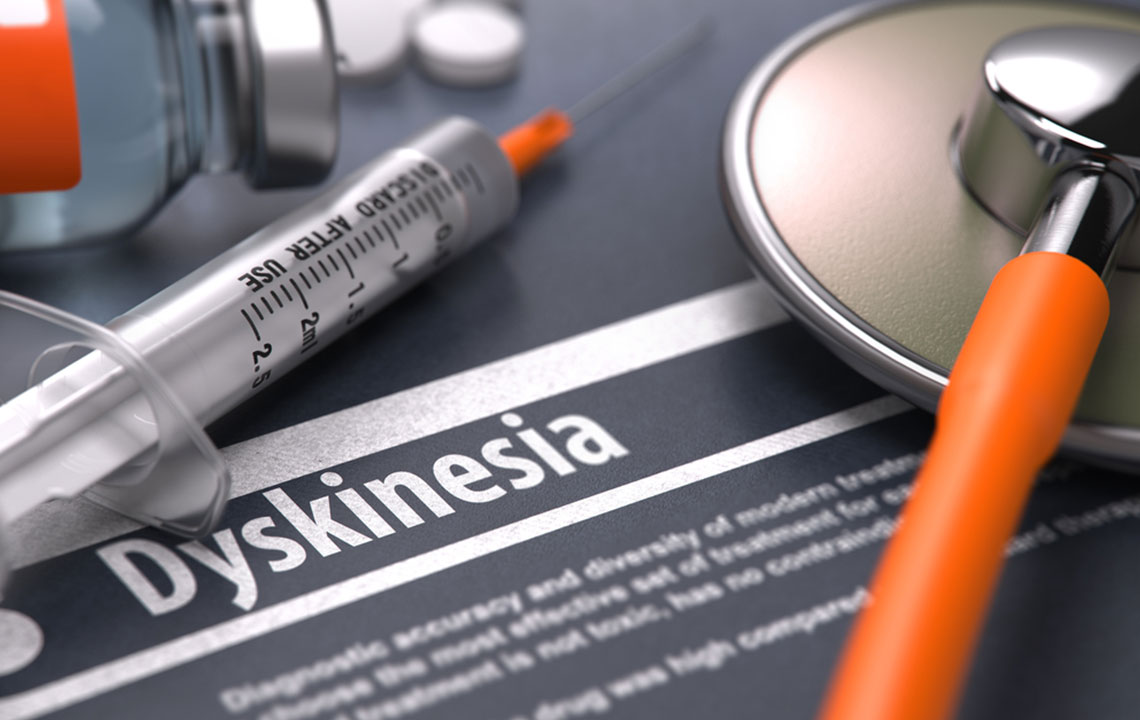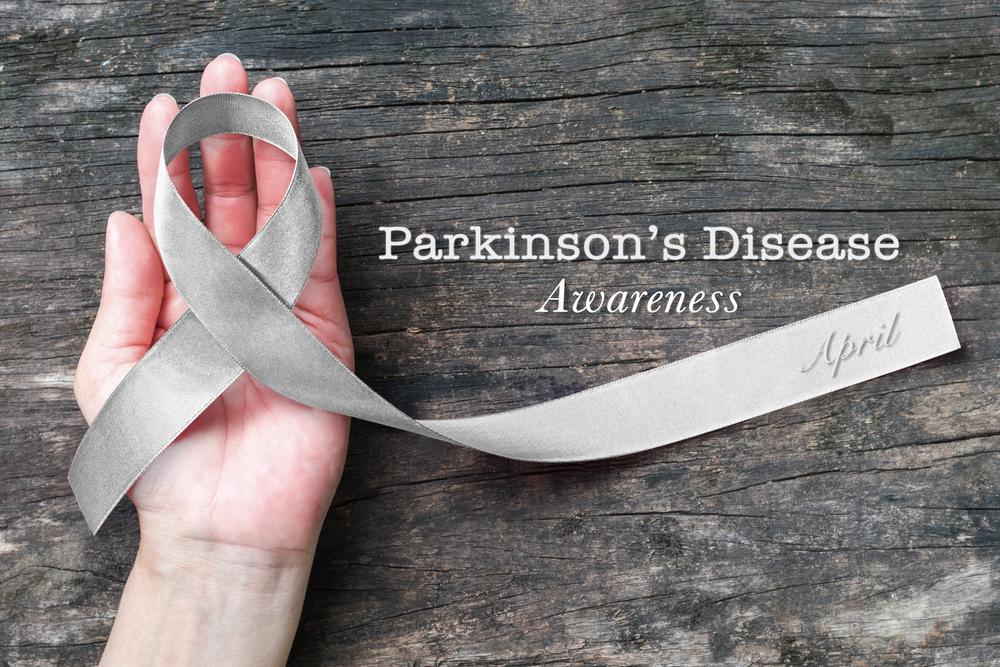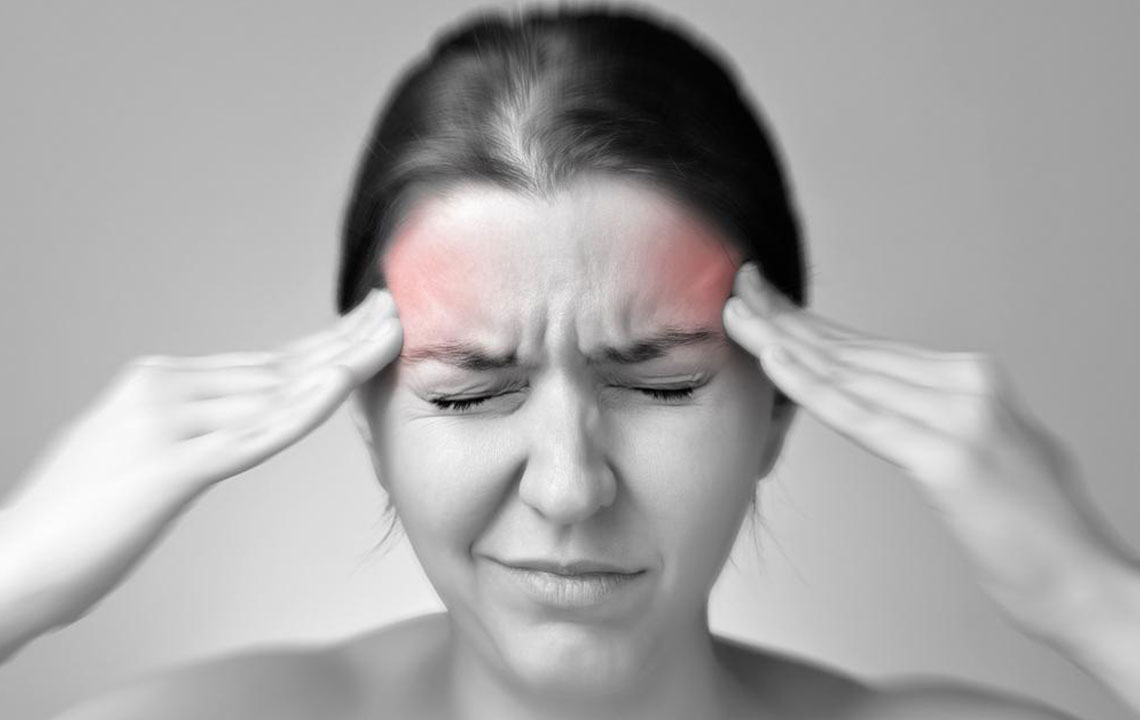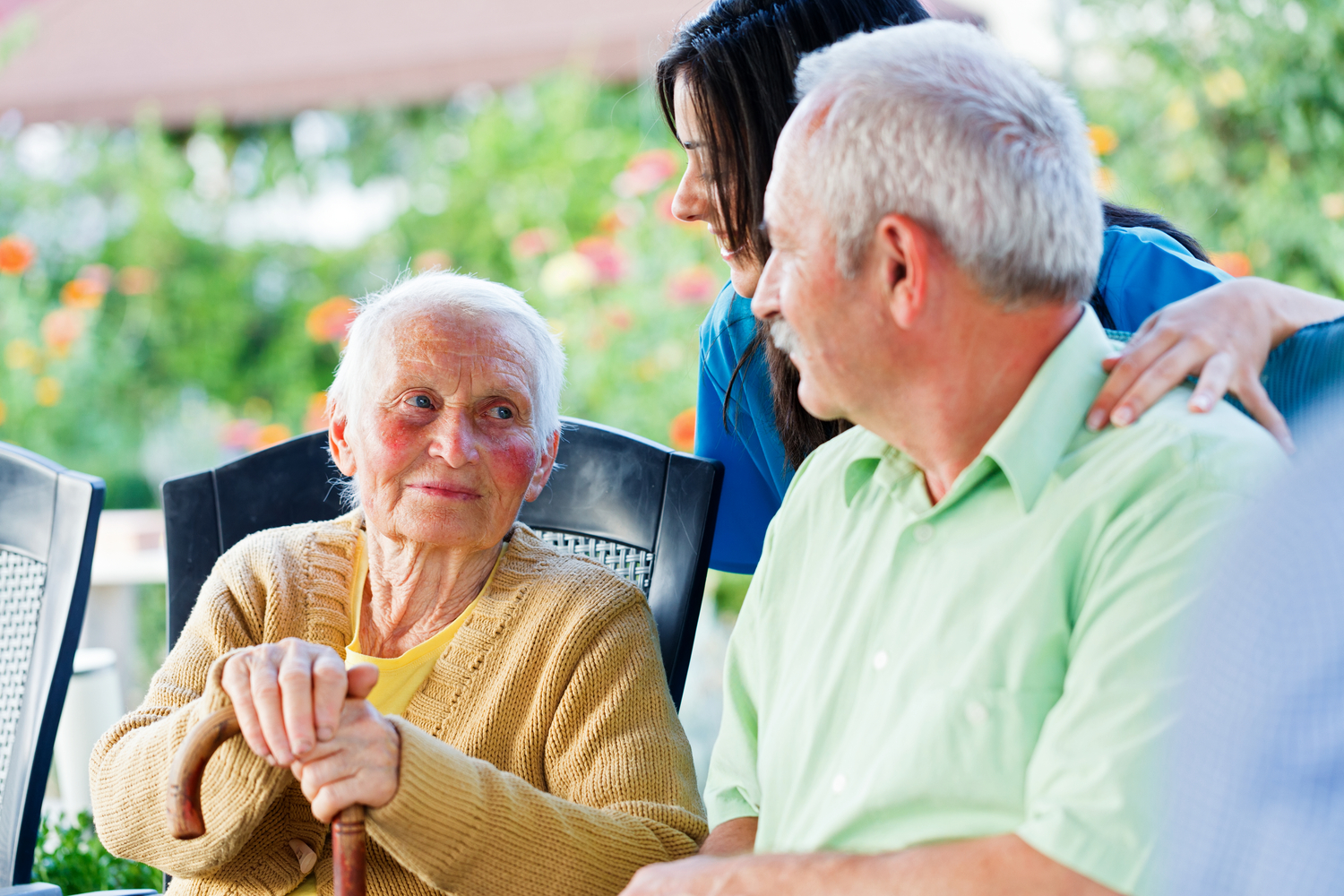Comprehensive Guide to Parkinson's Disease: Symptoms, Management Strategies, and Long-term Outlook
This comprehensive guide provides detailed insights into Parkinson's disease, including its symptoms, progression, management options, and outlook. It emphasizes early diagnosis, treatment advances, and the importance of psychological support, helping patients and caregivers navigate the challenges of this complex neurological disorder for improved quality of life.

In-Depth Overview of Parkinson's Disease: Essential Facts and Insights
According to the American Parkinson’s Disease Association (APDA), approximately one million people in the United States are affected by Parkinson’s disease, making it a significant neurological health concern nationwide. This complex neurological disorder primarily targets the central nervous system, leading to a range of motor and non-motor symptoms that can progressively worsen over time. Understanding the signs, symptoms, and current management options is crucial for patients, caregivers, and healthcare providers aiming to improve quality of life.
Defining Parkinson’s Disease
Parkinson’s disease is a chronic, progressive neurological condition characterized by the deterioration of nerve cells in the brain responsible for producing dopamine, the neurotransmitter essential for smooth, coordinated movements. Its onset is often subtle, making early detection challenging, yet crucial for effective management.
Initially, symptoms may be mild and easily overlooked, including slight tremors or stiffness, but as the disease progresses, it significantly impacts a person’s mobility, sleep patterns, speech, and even mental functions. The gradual deterioration can be confusing and frustrating, making early diagnosis vital for implementing effective treatment strategies.
How Parkinson’s Diseases Affects the Human Body
The core pathology in Parkinson’s disease involves a significant reduction in dopamine levels within the brain. Dopamine is essential for controlling not just movement but also emotional responses, motivation, and cognitive processes.
As dopamine decreases, patients may experience symptoms such as shuffling gait, tremors at rest, rigidity, and bradykinesia (slowness of movement). Over time, these motor symptoms become more pronounced. Non-motor symptoms can include decreased sense of smell, constipation, sleep disturbances, mood disorders, and cognitive decline, complicating diagnosis and management.
Research suggests that symptom manifestation often becomes apparent when about 60-70% of dopamine-producing neurons are lost, indicating substantial neurodegeneration prior to noticeable clinical signs. Despite the progressive nature of the disease, many patients maintain a high level of mental resilience, and with appropriate treatment, they can continue leading fulfilling lives.
Timeline of Symptom Progression
By the time motor symptoms such as tremor, rigidity, and bradykinesia are evident, significant brain changes have already taken place. Nonetheless, early diagnosis and ongoing management can greatly influence disease progression and quality of life. Many patients adapt well and retain independence for years, provided they receive proper care and support.
Age and Parkinson's Disease: Who Is Most Affected?
Though Parkinson's predominantly affects individuals over 60, early-onset cases can occur in younger adults. This highlights the importance of awareness across all age groups, especially as earlier diagnosis can lead to better management strategies and improved prognosis.
There is hope for younger patients, with medical advancements providing a range of therapeutic options that enhance life quality and potentially extend lifespan. Social support, regular physical activity, and mental health management are equally vital in dealing with the disease.
Psychological Impact of a Parkinson’s Diagnosis
Receiving a diagnosis of Parkinson’s disease can evoke a spectrum of emotional responses, including fear, anxiety, or grief. Healthcare professionals stress the significance of psychological support and counseling to help patients adapt psychologically and maintain hope.
Adopting a positive outlook and focusing on managing symptoms can significantly influence disease trajectory and overall well-being. Support groups and community resources play a critical role in empowering patients to face the challenges ahead.
Current Treatment Modalities: Medications and Surgical Options
There is no known cure for Parkinson’s disease, but various treatments aim to control symptoms. In early stages, medication such as levodopa, dopamine agonists, and MAO-B inhibitors effectively manage motor symptoms, allowing many patients to maintain daily activities.
In advanced cases or when medication efficacy diminishes, surgical interventions like deep brain stimulation (DBS) can provide significant relief. These procedures can improve motor function and quality of life, potentially prolonging lifespan.
Ongoing research continues to develop new therapies, including gene therapy and neuroprotective drugs, aiming to slow or halt disease progression.
Living with Parkinson’s requires a comprehensive, multidisciplinary approach that includes medication management, physical and occupational therapy, mental health support, and social engagement. Maintaining a positive mental attitude and staying physically active can help optimize outcomes.
While the disease can be daunting, many individuals adapt remarkably well, continuing to enjoy productive, meaningful lives. With advancements in treatment and increasing awareness, the outlook for Parkinson’s patients is gradually improving, offering hope for a better quality of life.





